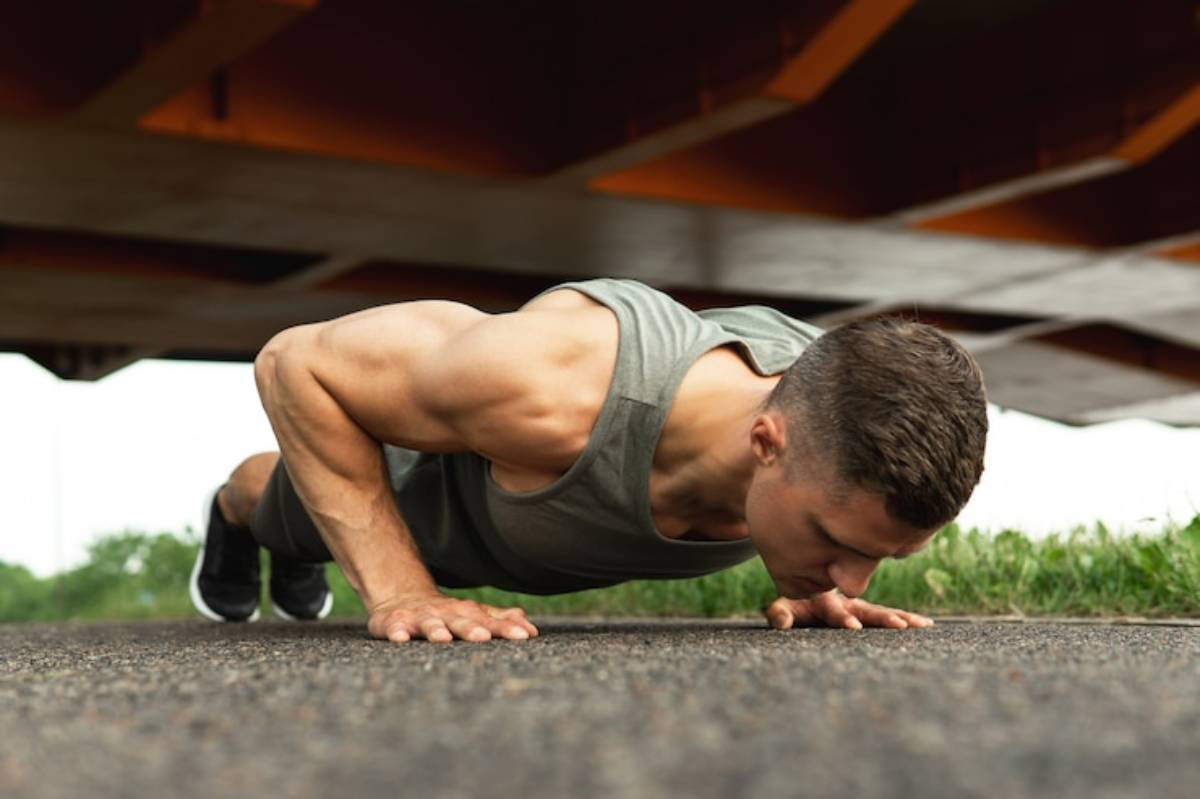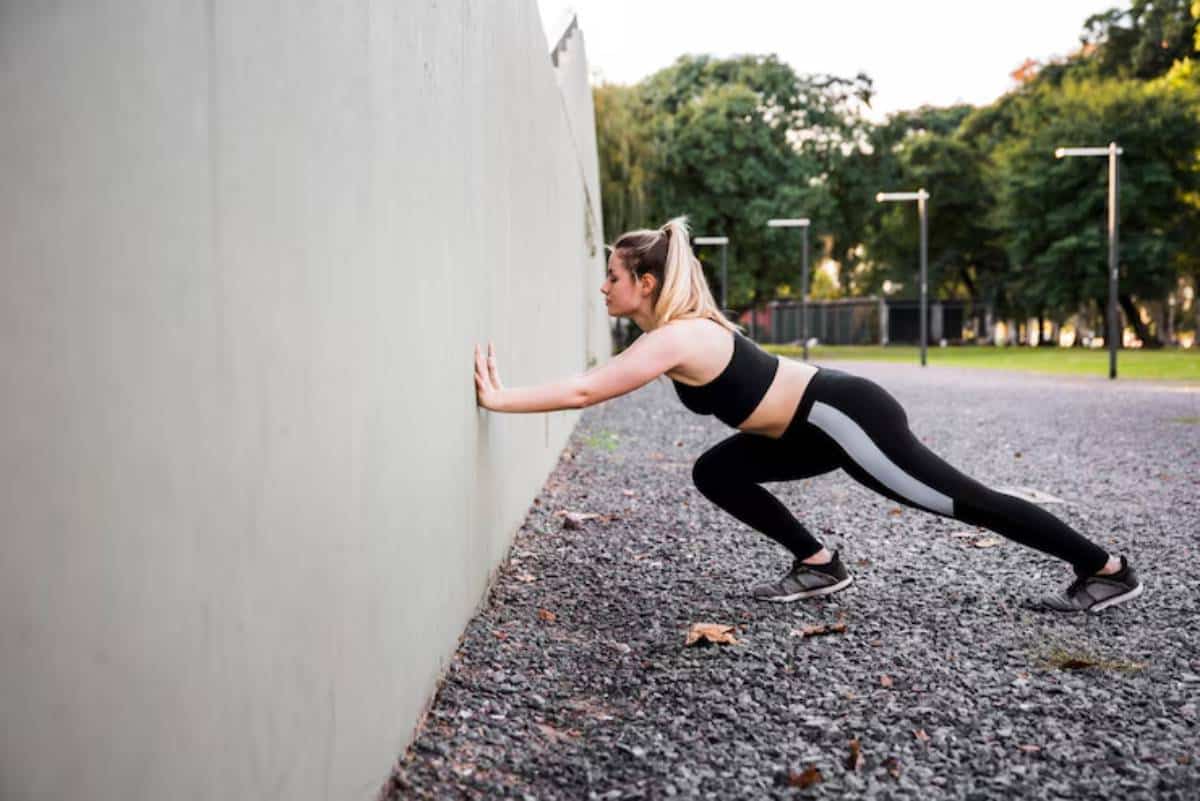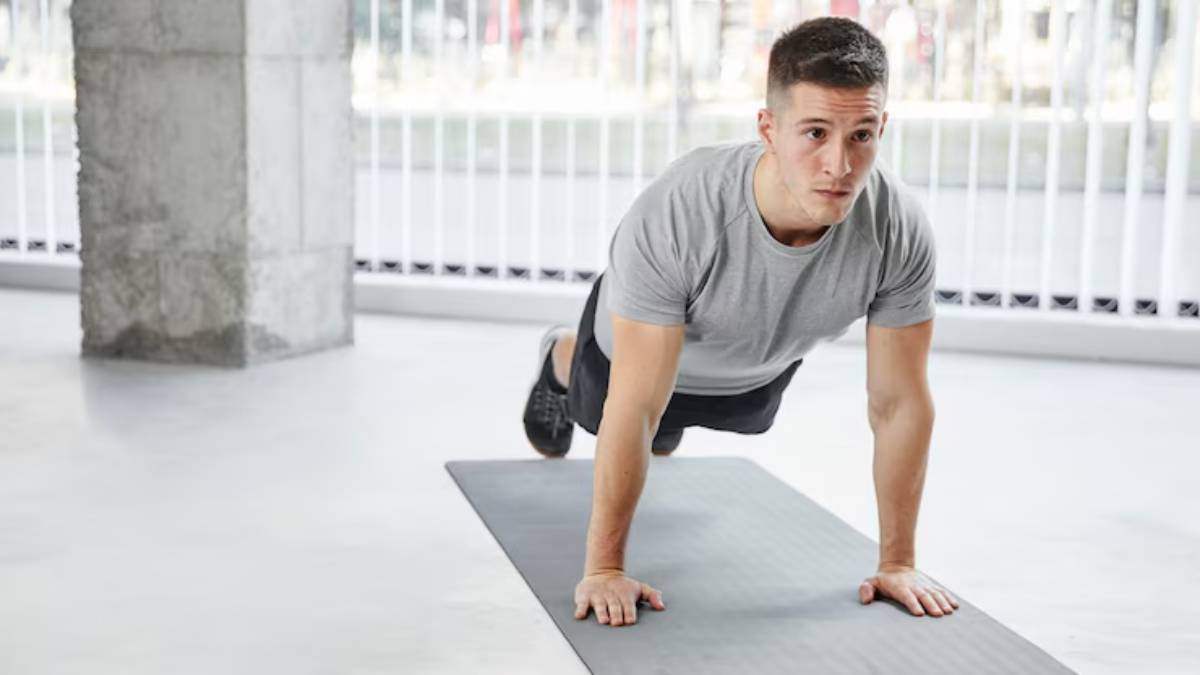
How to Improve Pull-Up Strength Without a Pull-Up Bar
Building a powerful back and mastering your pulling strength is a goal shared by many fitness enthusiasts. But what if you don’t have access to a pull-up bar? Whether you’re training at home, travelling, or simply improvising, it’s entirely possible to enhance your pulling strength bodyweight-style with smart, effective strategies. In this guide, you’ll learn how to create a no-bar pull-up training plan to boost your back strength at home — no expensive equipment necessary.
Understanding the Core: Pulling Strength Without a Bar
Pulling strength is essential for a balanced body. It’s not just about achieving an impressive pull-up; strong pulling muscles support posture, protect your shoulders, and boost overall athleticism.
Traditionally, pull-ups are the gold standard for pulling exercises. However, research shows that horizontal and vertical pulling motions can be simulated creatively using bodyweight exercises and household objects (Source: Journal of Strength and Conditioning Research, 2022).
Instead of fixating on the bar, focus on mimicking pulling patterns — both vertical (up and down) and horizontal (row movements). This will not only prepare you for future pull-up success but also develop strong, functional muscles.
Quick Guide / Checklist: Key Steps for No-Bar Pull-Up Progress
- Focus on horizontal pulling (e.g., table rows, towel rows).
- Train scapular strength and control.
- Strengthen grip and forearm muscles.
- Incorporate resistance bands or household substitutes.
- Build pulling endurance with isometric holds.
- Progressively overload your exercises over time.
- Maintain consistency (3–4 sessions per week).
Pro Tip: Focus on quality over quantity — slow, controlled pulls activate muscles more deeply than rushed reps.
Step-by-Step Guide: How to Practise No Bar Pull-Up Training
Here’s your actionable roadmap:
1. Master Horizontal Pulling Movements
- Table Rows: Lie under a sturdy table. Grab the edge and pull your chest towards it, maintaining a straight body.
- Door Towel Rows: Loop a strong towel around a closed door handle. Hold the ends and lean back, then pull your chest towards the door.
2. Strengthen Your Scapula
- Scapular Pulls: Hang or support yourself under a surface and focus purely on retracting your shoulder blades without bending your arms.
- Wall Slides: Stand against a wall and slide your arms up and down while keeping your shoulder blades engaged.
3. Improve Grip and Forearm Strength
- Towel Holds: Hold onto a heavy towel or any grippable object for time (start with 30 seconds and build up).
- Farmer’s Carries: Walk holding heavy objects like filled water jugs to strengthen your hands and wrists.
4. Add Isometric Strength Work
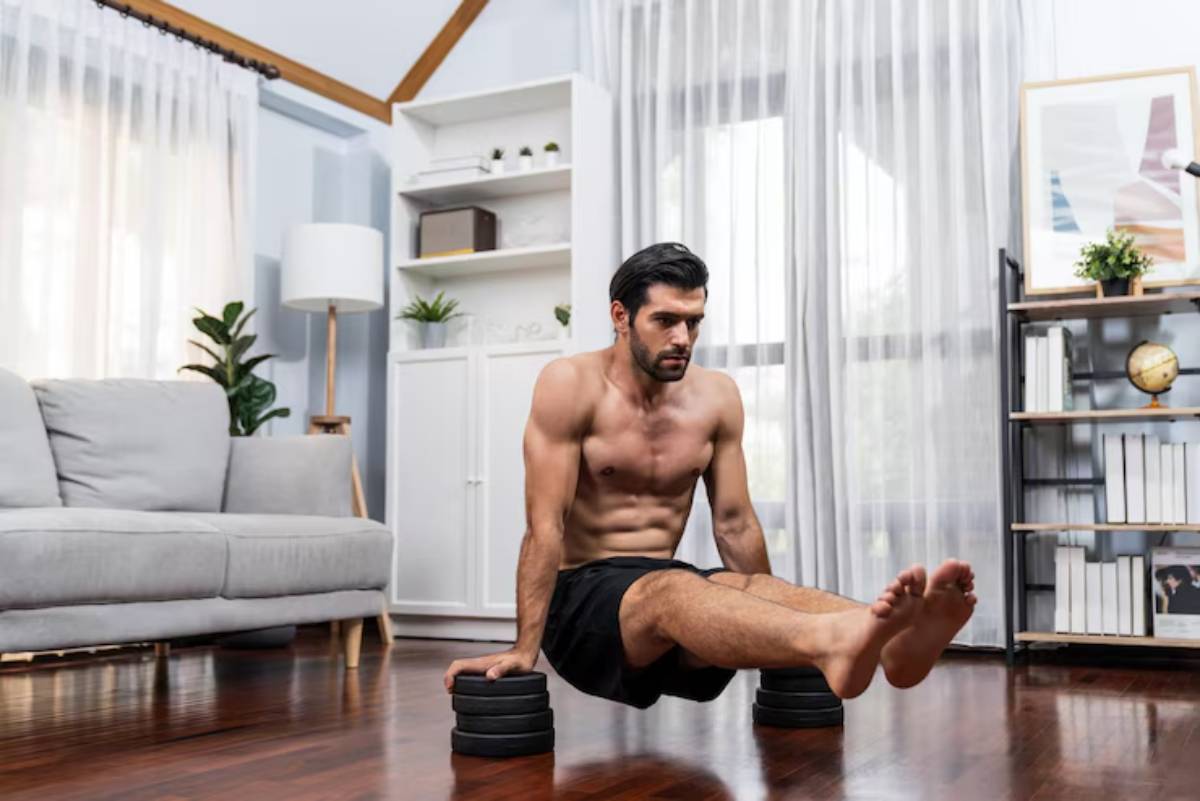
- Static Holds: Find a low ledge or sturdy surface, pull halfway up, and hold the position as long as possible.
- Bodyweight Dead Hangs (Modified): Mimic a hang using door handles or similar structures.
5. Incorporate Core Stability Work
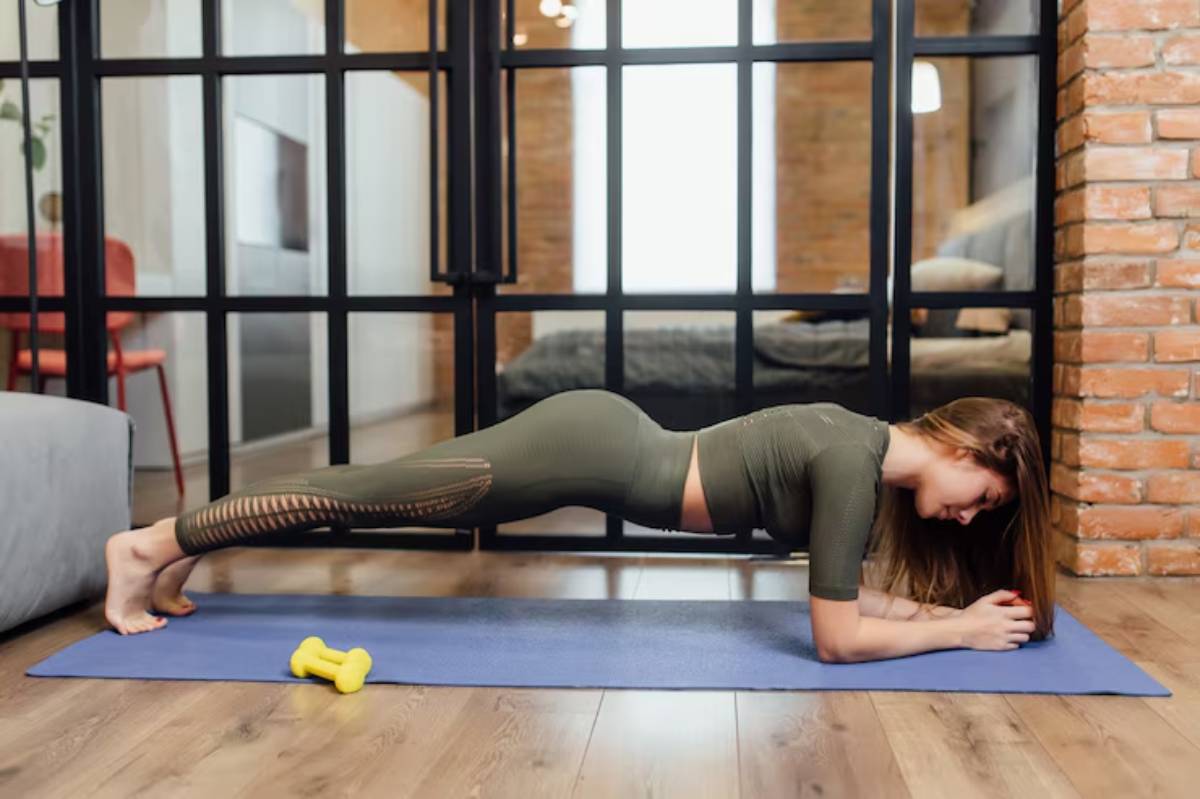
- Planks, Hollow Holds, and Reverse Planks: A strong core stabilises your body during pulling movements and protects against injuries.
Important: Always check the stability of any household object before using it for no-bar pull-up training to avoid injuries.
Best Practices & Additional Insights
- Mind-Muscle Connection: Actively feel your lats and upper back working during each rep — this dramatically increases strength gains.
- Progressive Overload Without Weights: Make exercises harder by slowing the movement, increasing time under tension, or reducing your base of support.
- Rest and Recovery: Give yourself 48 hours between intense pulling workouts to allow muscles to grow stronger.
- Train Smart, Not Just Hard: Track your sessions, notice improvements, and adjust your training every few weeks to keep progressing.
Secret Tip: Performing slow negatives (lowering yourself slowly) is one of the fastest ways to bridge the gap to a full pull-up, even without a bar.
FAQs
Can I get better at pull-ups without ever using a pull-up bar?
Yes! Training pulling mechanics and building related muscles will translate to better pull-up ability once you access a bar.
How long will it take to build pull-up strength without a bar?
Most people see noticeable improvements in back and grip strength within 6–8 weeks of consistent no-bar training.
What can I use instead of a pull-up bar at home?
You can use sturdy tables, towels around doors, broomsticks balanced between surfaces, or resistance bands.
Will horizontal pulling movements really help vertical pull-ups?
Absolutely—both strengthen the same muscle groups, and mastering rows improves the foundation needed for vertical pulling.
Should I do high reps or low reps when training without a bar?
Start with moderate reps (8–12) focusing on control, then add more reps, longer holds, or slower tempo for challenge.
Is it necessary to train daily to improve pull-up strength without a bar?
No, training three to four times a week is usually enough; your muscles need time to recover and grow stronger between sessions.
Can resistance bands fully replace a pull-up bar for training?
Resistance bands are excellent for mimicking pulling motions and building strength, but combining them with bodyweight exercises gives the best results.
What household items are safe for no-bar pull-up exercises?
Strong tables, sturdy doors, heavy-duty towels, and broomsticks between chairs (secured properly) are commonly safe, but always double-check stability.
How can I tell if my back muscles are being activated properly?
You should feel tightness or a slight burn between your shoulder blades and under your arms during the exercise — not just in your arms.
Is grip strength really that important for pull-up training?
Yes, grip strength is critical; weak grip limits how hard you can pull, making it harder to build true pulling power.
What should I do if I hit a strength plateau without a pull-up bar?
Increase time under tension, add more challenging variations, or try unilateral (one-sided) pulling exercises to push through plateaus.
Can kids or beginners also benefit from no-bar pull-up training?
Absolutely — adapting exercises to their strength level helps children and beginners build foundational pulling strength safely.
Should I still train pushing exercises alongside pulling strength work?
Yes, balancing pulling and pushing exercises helps maintain joint health and prevents muscular imbalances.
How do I prevent injury when doing bodyweight pulling exercises at home?
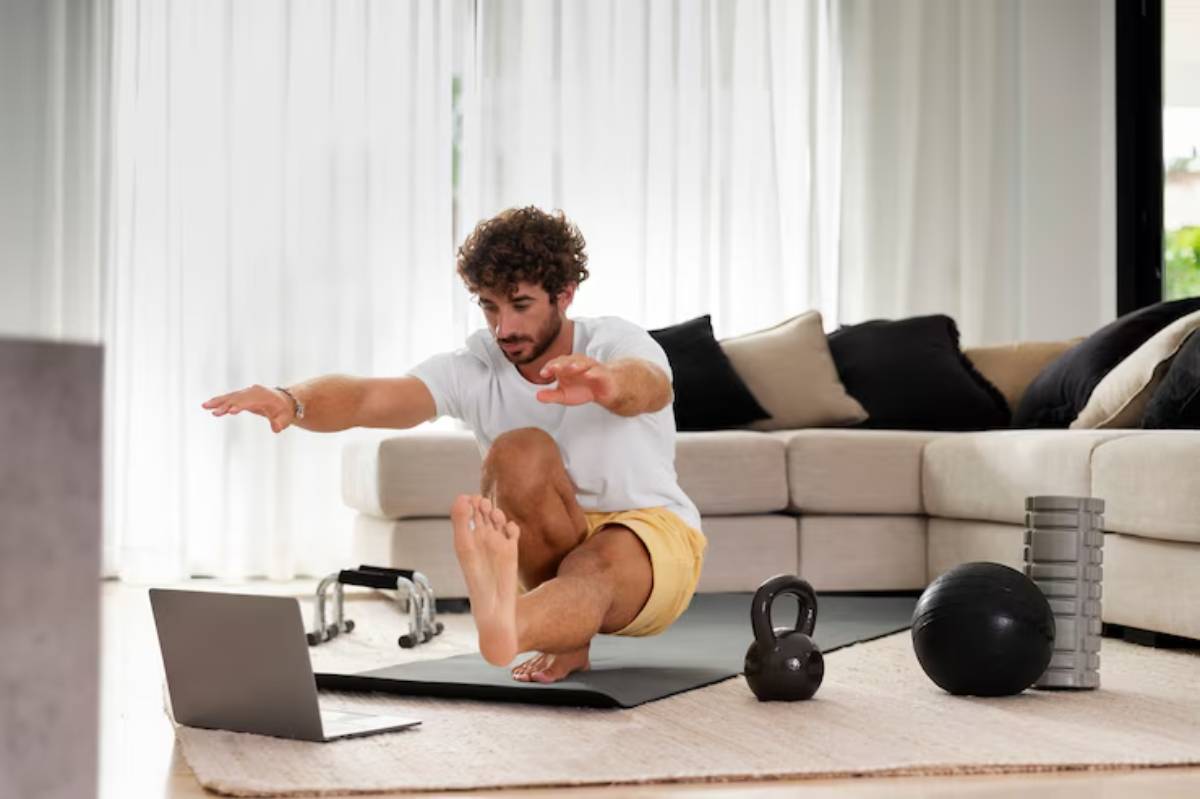
Focus on proper form, controlled movement, and using only secure, stable surfaces for all exercises.
How long should I hold static or isometric pulling positions?
Aim to hold static positions for 10–30 seconds to start, gradually building up to 45–60 seconds over time.
Conclusion: Build Back Strength Anywhere — No Bar Required
Improving your pull-up strength without a pull-up bar is not only possible — it’s an exciting challenge that proves your body can adapt creatively. Using no bar pull-up training, focusing on pulling strength bodyweight drills, and strengthening your back strength at home, you’ll unlock incredible upper-body power, even without traditional gym equipment.
Start small, stay consistent, and enjoy the journey towards mastering your pulling abilities.
Ready to challenge yourself? Start today with just a towel and a door — your strongest back is closer than you think!
